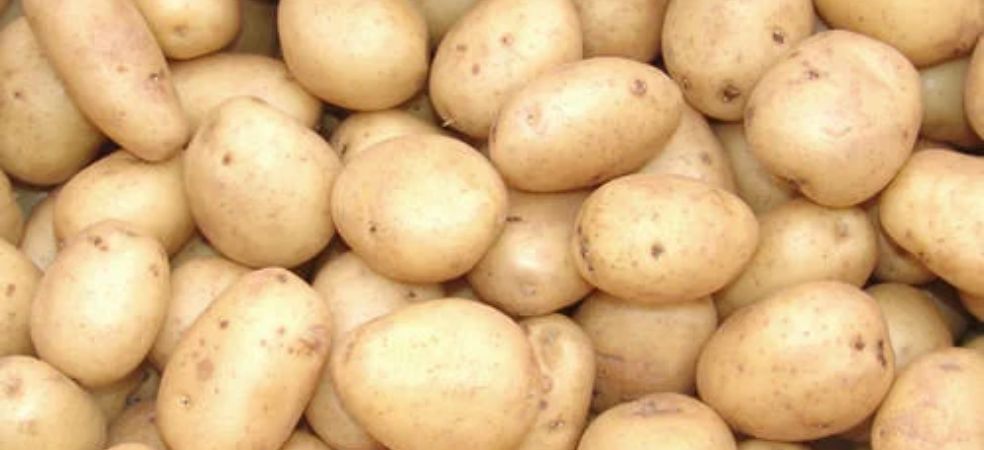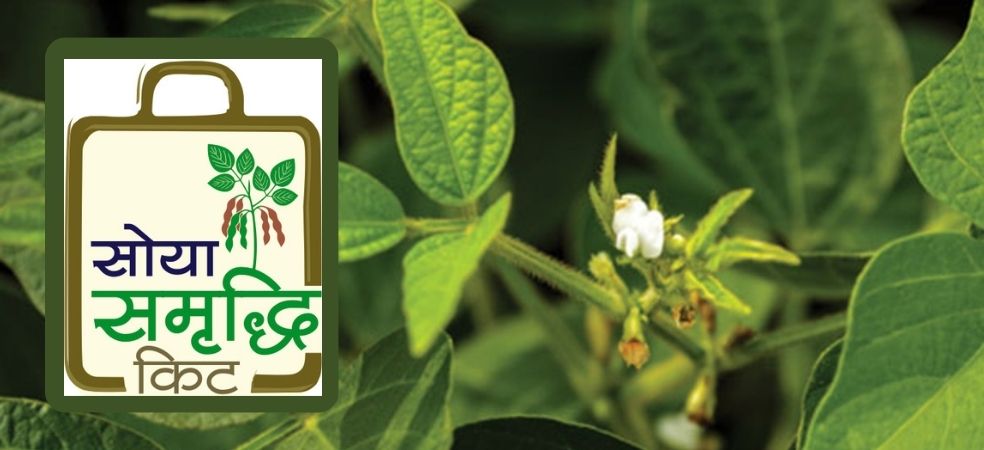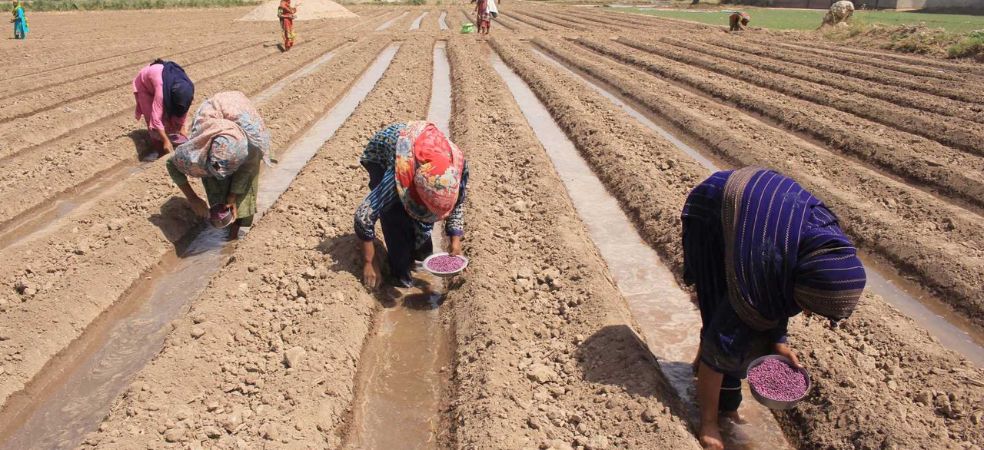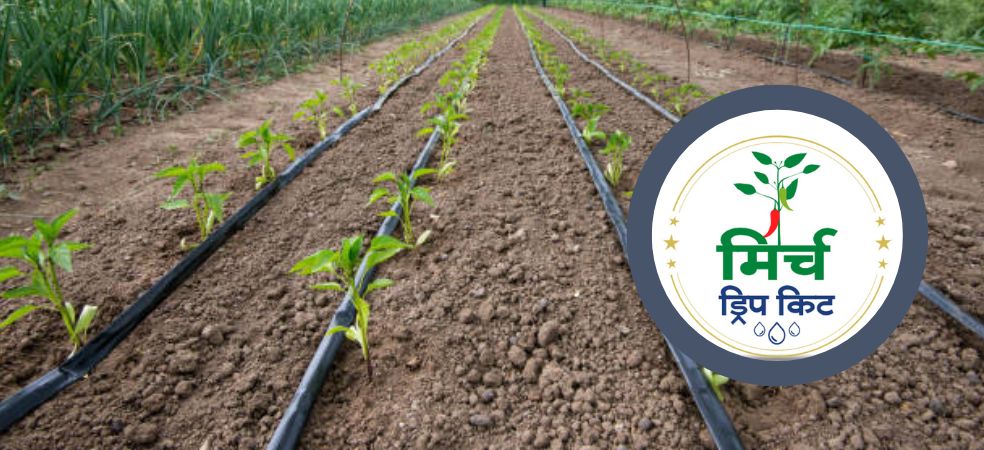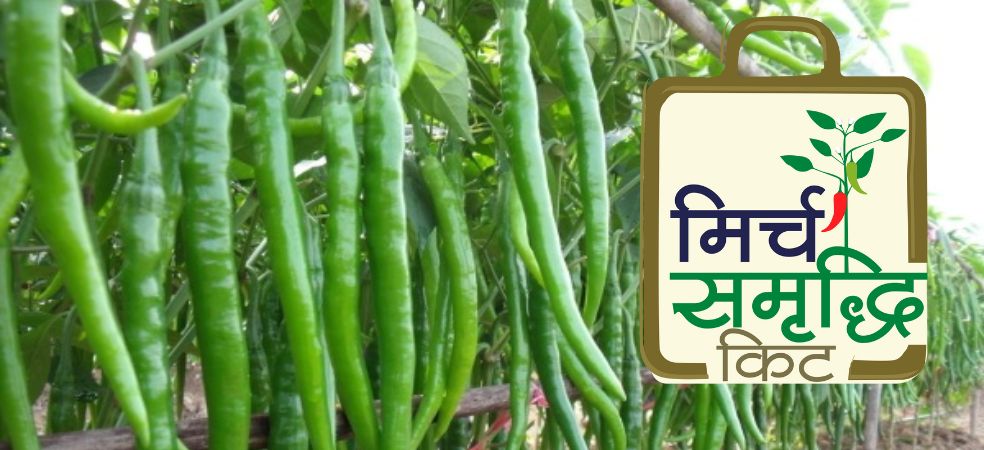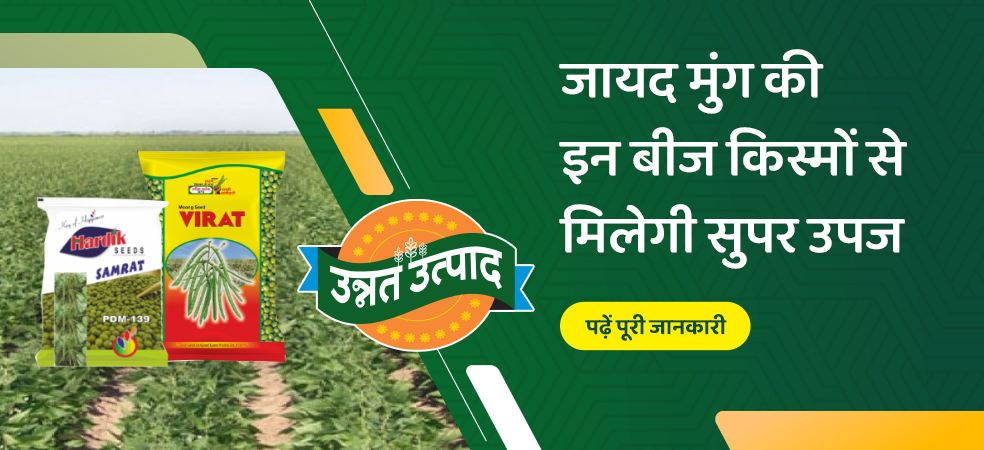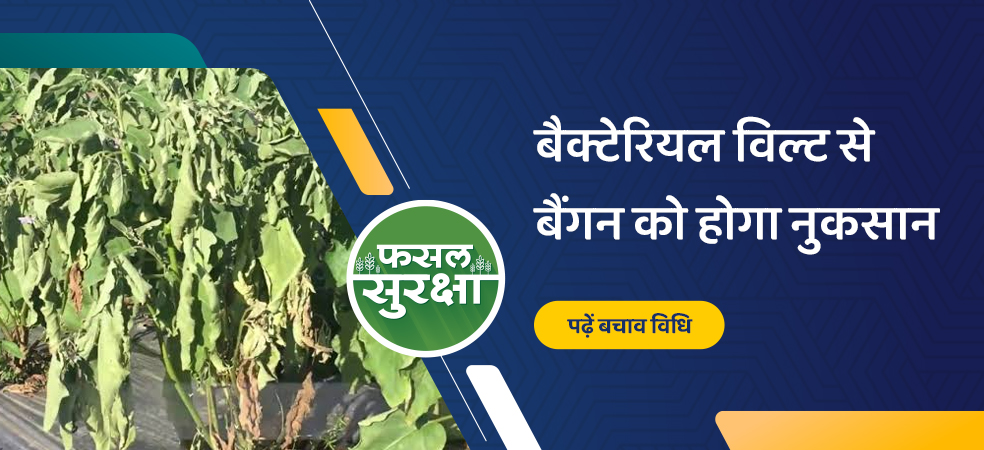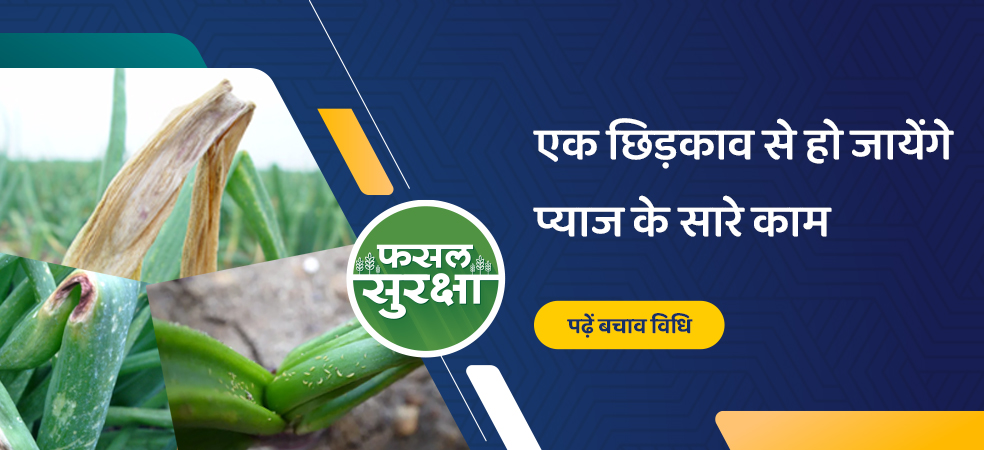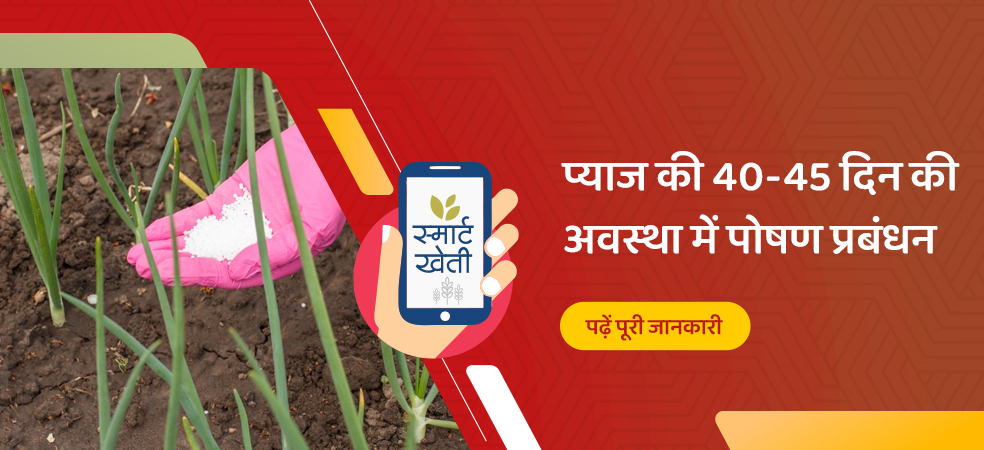Soya Samriddhi Kit plays an important role in increasing the yield of soybean. Soya Samriddhi Kit contains biological products like Trichoderma viride, Potash and Phosphorus bacteria, Rhizobium bacteria, Humic acid, Fulvic acid, Organic carbon, and Organic nutrients.
Combat: This product contains Trichoderma viride, which is helpful in preventing most of the harmful fungi and fungal diseases found in the soil.
Pro-CombiMaxx: The second product of this kit is a mixture of two different Micro-organisms which increases the availability of Potash and Phosphorus in soybean crops and also helps in increasing production.
Jaiv Vatika: The third product of this kit contains rhizobium bacteria which form knots in the roots of soybean crop, due to which the nitrogen present in the atmosphere becomes stable and available to the crop.
Tri-Coat Maxx: The final product of this kit contains elements like Humic Acid, Fulvic Acid, Organic Carbon, Organic Nutrients, etc. Which increases the efficiency of fertilizers, and helps in collecting the nutrients and reaching the root of the plants. Retains moisture in the soil for a long time. The plant is strong and healthy from the beginning stage.
For such important information related to the agriculture sector and farmers, do read Gramophone articles daily. If you liked today’s information then don’t forget to like and share.
Share

